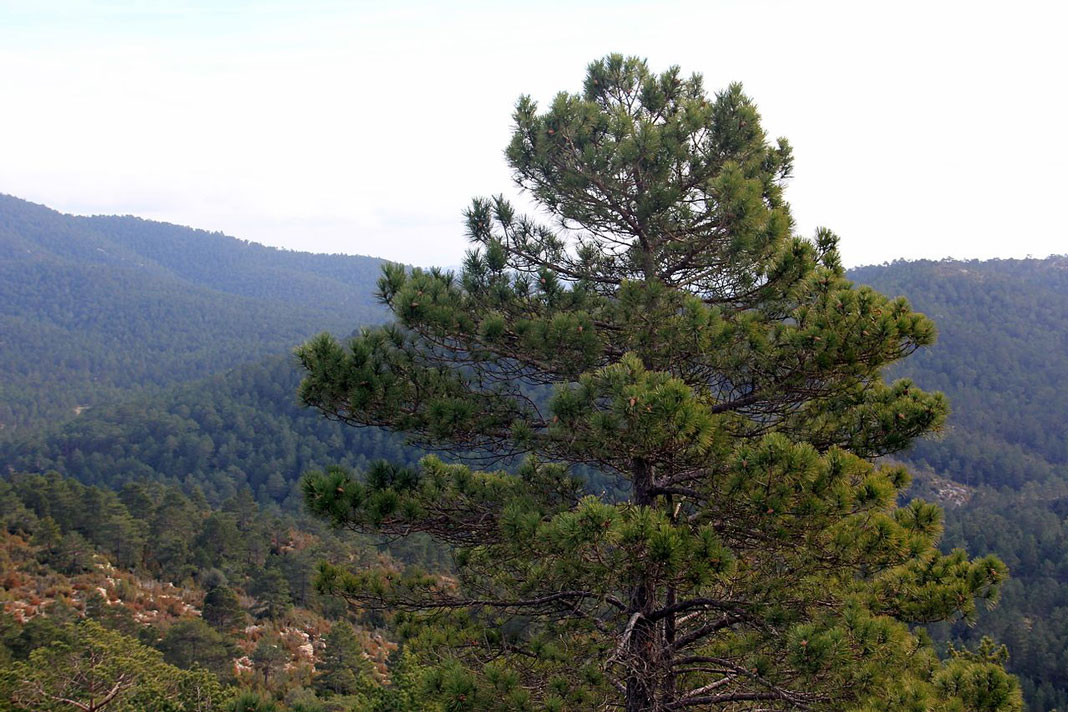Conserving the genetic diversity of Salzmann’s pine in France
A new approach safeguards the genetic heritage of Salzmann’s pine in France, using both in situ and ex situ conservation techniques.

Genetic diversity is essential for the survival and evolution of species, and protecting it is a key goal of conservation. When species are under threat and populations are small, it’s important to combine strategies that protect them in their natural habitat (in situ) with efforts outside their natural environment (ex situ) to ensure their survival. This is especially true for Pinus nigra subsp. salzmannii (Salzmann’s pine), a subspecies of black pine that is at risk in France due to wildfires and crossbreeding with other types of black pine from large plantations.
Researchers have used genetic data from individual trees to identify different genetic groups of Salzmann’s pine in France. This allowed them to distinguish between native trees and hybrid trees, which is crucial for preserving the species' unique genetic makeup. They found five key genetic groups that can be used for in situ conservation. Additionally, they identified 80 native trees that are free from hybridisation to form the core of an ex situ collection, where these trees can be safely conserved in a more controlled environment.
This combined strategy ensures that the genetic diversity of Salzmann’s pine is preserved, making the species more resilient to future threats. The methods developed in this study are cost-effective and can be applied to other tree species that face similar risks of extinction.
Full reference
Scotti-Saintagne, C., de Sousa Rodrigues, A., Roig, A. et al. 2024. A comprehensive strategy for the conservation of forest tree genetic diversity: an example with the protected Pinus nigra subsp. salzmannii (Dunal) Franco in France. Conserv Genetics 25, 469–480. DOI: doi.org/10.1007/s10592-023-01581-8








